Life
-
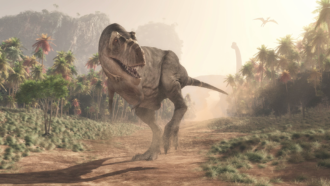 Fossils
FossilsLet’s learn about dinosaur extinction
Dinosaurs disappeared 66 million years ago, at the end of the Cretaceous. What made them go extinct?
-
 Animals
AnimalsPandas use their heads as a kind of extra limb for climbing
Their short legs on a stout bear body mean pandas use a rare technique to climb up a tree.
By Susan Milius -
 Environment
EnvironmentDecades-long project is linking our health to the environment
Started in 1959, this California study is one of the oldest ongoing research projects in the world.
-
 Brain
BrainDo you sleep enough to banish unpleasant moods?
A large, long-term study in kids has linked getting too little shuteye with mood and behavior problems.
-
 Life
LifeScientists Say: Fermentation
Fermentation breaks down carbohydrates, such as sugars, producing energy and making gases, acids or alcohol. This process can help make foods and fuels.
-
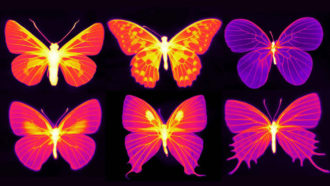 Life
LifeHere’s how butterfly wings keep cool in the sun
Butterfly wings sport structures that let living tissues release more heat than the rest of the wing.
-
 Health & Medicine
Health & MedicineAnswers to your questions on the new coronavirus
As SARS-CoV-2 spreads globally, researchers are looking for answers on why this novel coronavirus is so infectious and hard to control.
-
 Genetics
GeneticsWhat would it take to make a unicorn?
Onward’s dumpster-diving unicorns seem like an impossibility. But scientists have some ideas about how unicorns could become real.
-
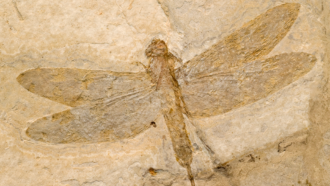 Fossils
FossilsScientists Say: Fossil
Under the right conditions, living things or traces they’ve left behind can be preserved in rock for a long time — millions or billions of years.
-
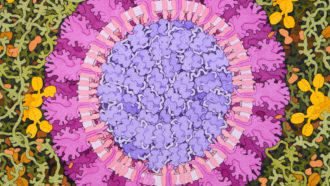 Health & Medicine
Health & MedicineSearch speeds up for vaccine against the new coronavirus
Scientists are investigating unusual ways to make drugs to prevent viral infections. One may even be able to treat already sick people.
-
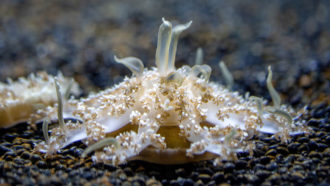 Animals
AnimalsOuch! Jellyfish snot can hurt people who never touch the animal
A goo shed by at least one species of upside-down jellyfish contains stinging cells. They can cause pain even to creatures that never touch the jelly.
-
 Health & Medicine
Health & MedicineConcussions leave clues in the blood
Athletes who suffered concussions had increased blood levels of three proteins. These proteins appear to be a chemical sign of the brain injury.